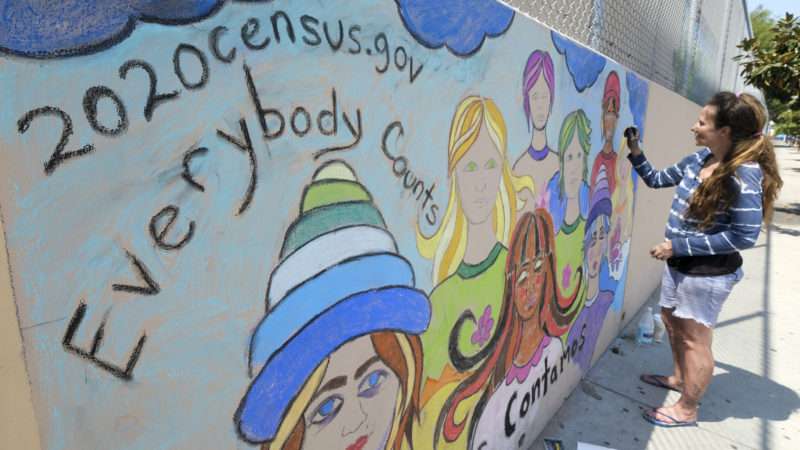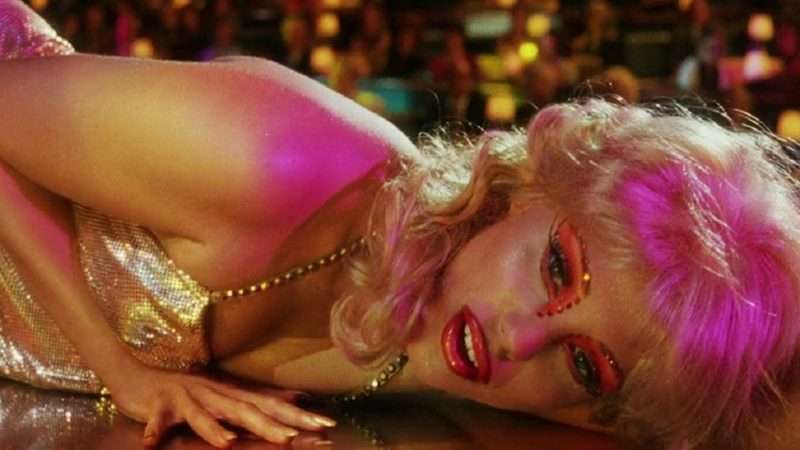
A federal court has thwarted an executive order that said undocumented immigrants should not be counted in the 2020 Census. In a Thursday ruling, the court noted that President Donald Trump’s July 21 order runs contrary to America’s historical method of tallying an area’s population—a count that matters for purposes of determining how many seats in the U.S. House of Representatives that area gets. The judges ordered the secretary of commerce not to enact the order.
“Throughout the Nation’s history, the figures used to determine the apportionment of Congress—in the language of the current statutes, the ‘total population’ and the ‘whole number of persons’ in each State—have included every person residing in the United States at the time of the census, whether citizen or non-citizen and whether living here with legal status or without,” states the decision, penned by a three-judge panel from the U.S. District Court for the Southern District of New York.
“We declare the Presidential Memorandum to be an unlawful exercise of the authority granted to the President by statute,” the judges concluded.
VICTORY: We just beat Trump's latest attack on the Census and immigrant communities.
— ACLU (@ACLU) September 10, 2020
The case—New York Immigration Coalition v. Trump—was brought by the national American Civil Liberties Union (ACLU), the New York Civil Liberties Union, the ACLU of Texas, and Arnold & Porter on behalf of the New York Immigration Coalition, Make the Road New York, CASA, the American-Arab Anti-Discrimination Committee, the ADC Research Institute, and FIEL Houston.
“The constitutional mandate is clear—every person counts in the census,” said Dale Ho, who directs the ACLU’s Voting Rights Project, in a statement. “Undocumented immigrants are people—and nothing President Trump does or says changes that fact.”
“The court order bars work by the Census Bureau that would allow it to produce a separate count excluding people in the U.S. illegally,” notes The Wall Street Journal:
There isn’t a citizenship question on the census, after the Supreme Court last year blocked the president’s plan to add one. To carry out the president’s latest order, the bureau had planned to match census responses with citizenship-verified records from state and federal agencies to estimate how many people in each state weren’t legal residents.
This, the judges ruled, would violate the law that requires Commerce Secretary Wilbur Ross, who supervises the bureau, to send a single set of numbers—a “tabulation of total population by States”—to the president. The memo also violated the law because “so long as they reside in the United States, illegal aliens qualify as ‘persons in’ a ‘State’ as Congress used those words,” the panel ruled.
The Trump administration can still appeal the decision. Meanwhile, the Associated Press reports that “around a half dozen lawsuits around the U.S. were filed by states, cities, immigrant advocates and civil rights groups challenging its legality and constitutionality” of Trump’s July 21 order. “The New York case is the first to get a ruling, but there are other issues the New York judges didn’t address that could be addressed in the other court cases.”
QUICK HITS
• “A veteran Raleigh police detective is off the job while the department and the Wake County District Attorney investigate more than a dozen fraudulent drug cases,” reports a local ABC affiliate. “Some people sat in jail for weeks and months based on evidence that turned out to be fake.”
• Unprecedented wildfires are pummeling Oregon, prompting hundreds of thousands of residents to flee.
• A new Centers for Disease Control and Prevention (CDC) study suggests restaurant diners are more likely than those not dining out right now to catch COVID-19. The study has spread a lot of fear about restaurants being coronavirus hotspots, but it’s important to remember that the study merely showed a correlation, not that folks are necessarily picking up the virus while dining out:
PUMP THE BRAKES
I would be EXTREMELY CAUTIOUS reading this work causally. It shows folks with COVID more likely to have dined in restaurants.
Doesn’t mean restaurants cause COVID.
People dining out likely look different in myriad of ways from non-diners. https://t.co/WqX2Ja4U7w
— Zack Cooper (@zackcooperYale) September 10, 2020
• “The American response to COVID is best characterized as…eccentric,” writes Daniel M. Rothschild, executive director of the Mercatus Center at George Mason University.
• Yesterday, the Wisconsin Supreme Court told state election officials “that they can’t mail out absentee ballots until the court decides whether to add the Green Party’s presidential ticket to the ballot,” reports CNN. The ruling comes just a week before “the September 17 deadline for when the 1,850 municipal clerks need to mail out absentee ballots to Wisconsin voters who asked for one is set in state law.”
• Protecting and serving:
Cops And Paramedics Are Still Killing Arrestees By Shooting Them Up With Ketamine https://t.co/RrSTMMS0WP
— techdirt (@techdirt) September 11, 2020
from Latest – Reason.com https://ift.tt/2FwjOt9
via IFTTT

